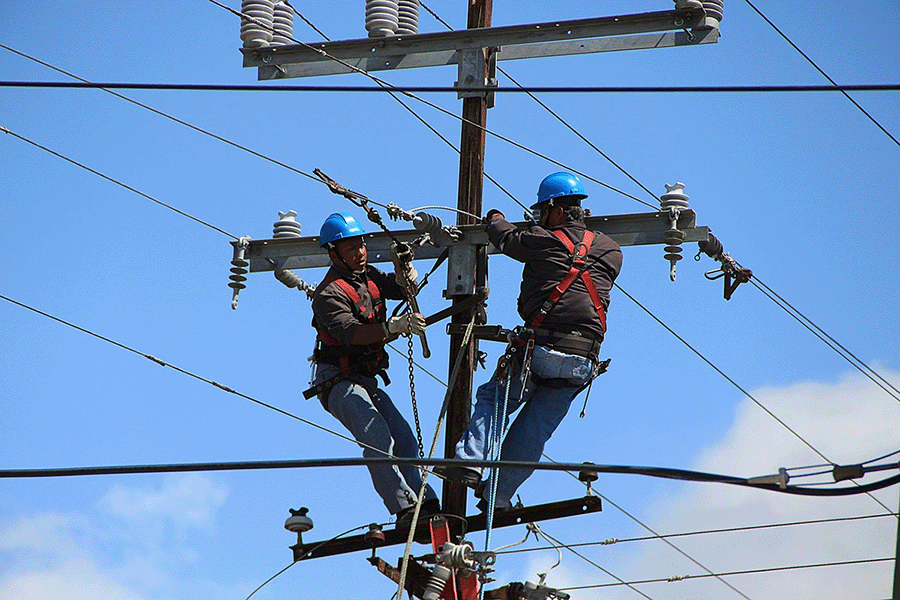Voice over Internet Protocol (VoIP) termination consists of routing telephone calls across available service providers until the call is received by the proper recipient. Prior to VoIP, all telephone calls were routed through the existing public switched telephone network (PSTN), which resulted in toll-free costs that were often prohibitive for small to medium-sized businesses (SMBs).
VoIP termination involves transferring voice packets across the Internet instead of utilizing PSTN. This facilitates far less expensive long-distance and international calling, thus allowing smaller businesses to expand their reach to international markets. While VoIP termination has become integral in today’s business environment, it can give rise to some performance issues. Here are a few common problems that businesses have experienced with this solution, and ways to avoid them.
Early Call Termination
Since VoIP termination involves the transfer of voice packets, a high level of packet loss often results. This occurs when one or more voice packets fail to reach their destination and is usually a function of network congestion. Two straightforward fixes for this are:
- Increasing the available bandwidth on the network
- Prioritizing real-time voice traffic using Quality of Service (QoS) settings.
Calls Fail to Reach Their Final Destination
It is clearly a service issue if VoIP calls aren’t reaching their final destination. If this is the case, a call to one’s provider to determine what sort of failover provisions they are using is in order. If a provider does not offer fully redundant call routing and failover provisioning, it may be time to look for another provider. VoIP providers that provide emergency toll-free services and backup Session Initiation Protocol (SIP) connections are in increasing demand for this reason, as well as for their superior service in the case of outages. VoIP calls are a priority concern; a provider should be able to offer a 99.99% uptime guarantee or at least come very close to that.
Poor Call Quality
Poor call quality is usually a function of inferior Internet service and an inadequate amount of bandwidth. In general terms, 85 – 100 kbps of bandwidth per call is needed in order to ensure superior call quality. The number of codec samples per packet also contributes to determining the amount of bandwidth needed. Codecs define the size of samples, and increases in the voice payload size affect VoIP bandwidth and overall delay. There are quite a few helpful guides and online utilities available to aid in calculating a business’s need for VoIP bandwidth.
Before making a switch to VoIP, ensure that sufficient bandwidth has been allocated and that the provider has adequate failsafe, such as failover provisions and fully redundant call routing.
A little advanced planning in these areas will go a long way toward avoiding VoIP termination problems, and thinQ’s solutions can help. There is a better way to avoid VoIP termination issues with our technology, let’s talk today.

















